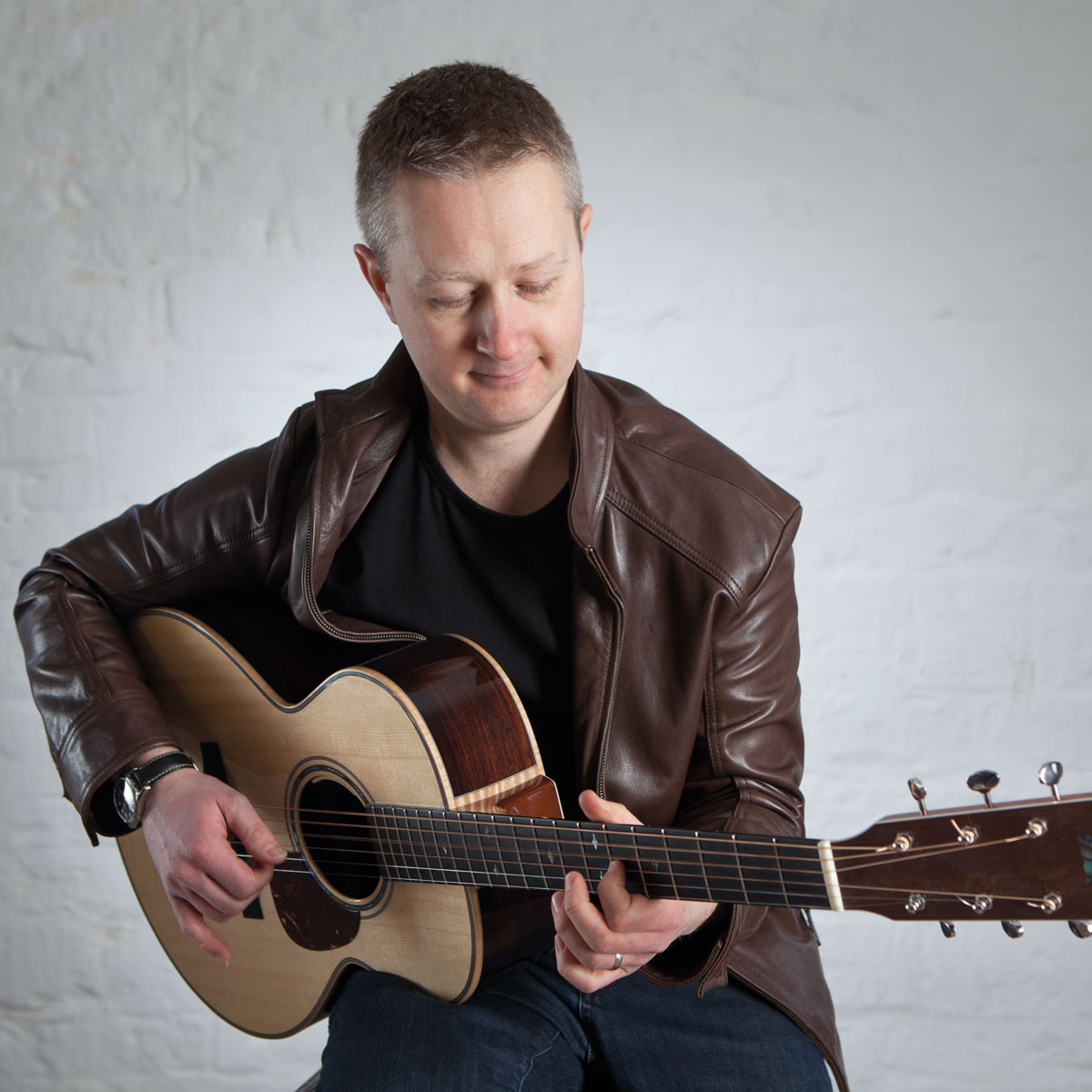Janis Joplin covered his songs and he was in a supergroup with Johnny Cash, Willie Nelson and Waylon Jennings – Kris Kristofferson is a movie star and outlaw country icon with a classic acoustic style
Kristofferson is one of the greatest songwriters of his generation, one of its biggest movie stars, and a master of making open chords work to a song's advantage

A legend in the world of country music, Kris Kristofferson has written hits including Me And Bobby McGee, Help Me Make It Through The Night, and For The Good Times.
A contemporary of Waylon Jennings, Willie Nelson and Johnny Cash he was a leading light in the ‘outlaw country’ sound of the 1970s, a harder-edged style that eschewed the commercialism of Nashville. This sound arguably reached its apogée with the formation of supergroup The Highwaymen featuring all of the aforementioned ‘outlaws’.
Kristofferson initially seemed destined for a career in sports, with his talent for American football, athletics and rugby. Songwriting was something that he came to while studying English Literature at Oxford, although he was more interested in becoming a novelist at this time. His earliest recordings were released in the UK but to little acclaim. Success wasn’t immediate so upon returning to the US he worked several jobs while writing music on the side.
Like many other songwriters in the country genre other artists found success with Kristofferson’s songs before he did. First up was Johnny Cash who recorded Sunday Mornin’s Comin’ Down which led to Kristofferson winning Songwriter of the Year at the 1970 CMAs.
Soon other artists were recording his compositions, including Waylon Jennings, Janis Joplin and Gladys Knight. Kristofferson finally found success under his own name with the release of his album The Silver Tongued Devil and I, in 1971. Alongside his music career Kristofferson spent the 1970s and 80s acting in some of Hollywood’s biggest hit movies.
Primarily a singer-songwriter, he doesn’t deal in guitar fireworks. As with many country stars his tracks were augmented by session musicians with one of his main sideman being guitarist Stephen Bruton.
The best way to get a handle on Kris’s style is to watch him perform solo, where he accompanies himself with just an acoustic guitar. In this format you’ll see him using typical singer-songwriter fingerpicking patterns and approaches, both of which informs this study.
This style is simple if you have some fingerpicking experience, but there is still plenty to focus on. Timing, clarity and dynamics are things that all fingerpickers can improve on, so practise this lesson’s piece to a metronome or, even better, record yourself and listen back to see if you are pushing or pulling the beat.
Similarly, with dynamics see if you can imagine where a vocal would sit and think about how you may build to a chorus or ease back on a verse. Finally, ensure that you are producing an even volume over each string and don’t forget to listen out for the type of tone you are producing. Explore picking near the bridge or over the soundhole for a brighter or more mellow tone.
Get the tone
Amp Settings: Gain 3, Bass 7, Middle 6, Treble 7, Reverb 2
Kristofferson mainly sticks to the classics when it comes to guitars, so you’ll typically see him with a Gibson Southern Jumbo or a Martin D-18. Gibson also released a limited-edition Kris Kristofferson Southern Jumbo based on his favourite model of that guitar. Any acoustic guitar will work well here, but dreadnoughts are often favoured by singer-songwriters.
Playing Notes
[Bars 1-16] This is a great opportunity to practise common picking patterns using the thumb for the bottom three strings and the first finger for the third, string second for the second, and third for the first.
Kristofferson’s style provides a great foundation to build upon. When you have played through this piece go back to the chord progression and see if you can create your own accompaniment patterns and fills based on these chord shapes.
[Bars 19-32] While these parts are simple there’s always room to add colour to basic chords and Kristofferson uses this in his own writing. A common technique is to turn the IV chord (here C) into a Major 7th to give a softer sound. Similarly, the V chord (D) can become a Dominant 7th or a variation of it.
[Bars 25-26] Note subtle variations to the V chord for extra colour. Try these approaches in different keys to see how much you can embellish a simple I-IV-V chord progression.
Get The Pick Newsletter
All the latest guitar news, interviews, lessons, reviews, deals and more, direct to your inbox!
Stuart Ryan is best known for his acoustic guitar playing, from Celtic fingerpicking and traditional folk to modern percussive phrasing and fresh interpretations of popular pieces. He has released several solo albums, written pieces for UK examination boards and created nine tutorial books ranging from acoustic guitar arrangements to Americana styles.
“David Crosby said, ‘I don't like it, man. That folky 2/4 time never gonna play on the radio’”: The Byrds needed a hit or they’d be dropped. Releasing a cover of Bob Dylan's Mr. Tambourine Man as their first single was a gamble that paid off
“This particular way of concluding Bohemian Rhapsody will be hard to beat!” Brian May with Benson Boone, Green Day with the Go-Gos, and Lady Gaga rocking a Suhr – Coachella’s first weekend delivered the guitar goods








![Joe Bonamassa [left] wears a deep blue suit and polka-dotted shirt and plays his green refin Strat; the late Irish blues legend Rory Gallagher [right] screams and inflicts some punishment on his heavily worn number one Stratocaster.](https://cdn.mos.cms.futurecdn.net/cw28h7UBcTVfTLs7p7eiLe.jpg)


